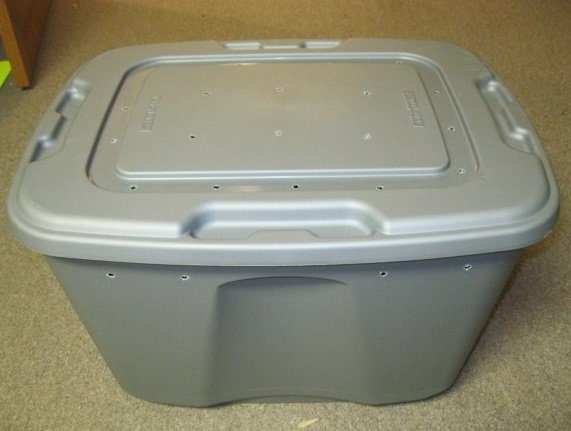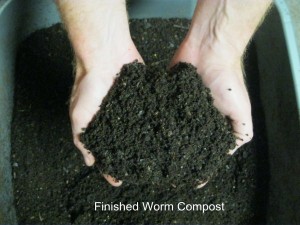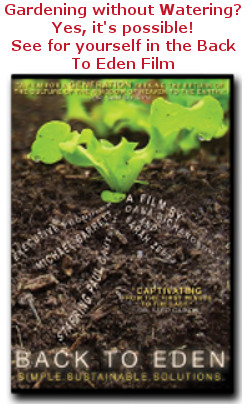Worms are God’s soil-building machines—a virtual humus creating factory as Thomas Barrett would say. They can rapidly convert organic matter and vegetable scraps into high-nutrient compost and castings (worm poop) for your garden and other uses. There is much research to support the benefits of worm compost, also known as vermicompost.
Worms are also fun to grow. Our kids, especially Theodore, love to feed the worms and search for them in the bedding. I know it may sound strange, but I love worms and it really is fun to raise them.
Raising worms is also a great way to incorporate science into your everyday activities. We like to put some castings under the microscope and see what it looks like up close and personal. Moreover, the kids get a kick out of seeing the worms go to town on the left over food scraps in the worm bin.
I use worm compost mainly as an ingredient for my homemade seedling starting mix. It makes an excellent addition to the mix. I also use it when transplanting seedlings in the garden to help prevent transplant shock.
I’ll speak more about worm composting in later. For now, I want to share a short video on how I make this simple home-size worm bin that can get you started raising worms and making compost. I’ve made several of these bins and have them around my basement full of worms doing their silent work.
I don’t mention it in the video, but your bin needs to be dark colored and should not allow light in. Worms don’t like light and do their best work in the dark. I’ll share other lessons learned in later posts.
What types of bins have you used if you have raised worms?




